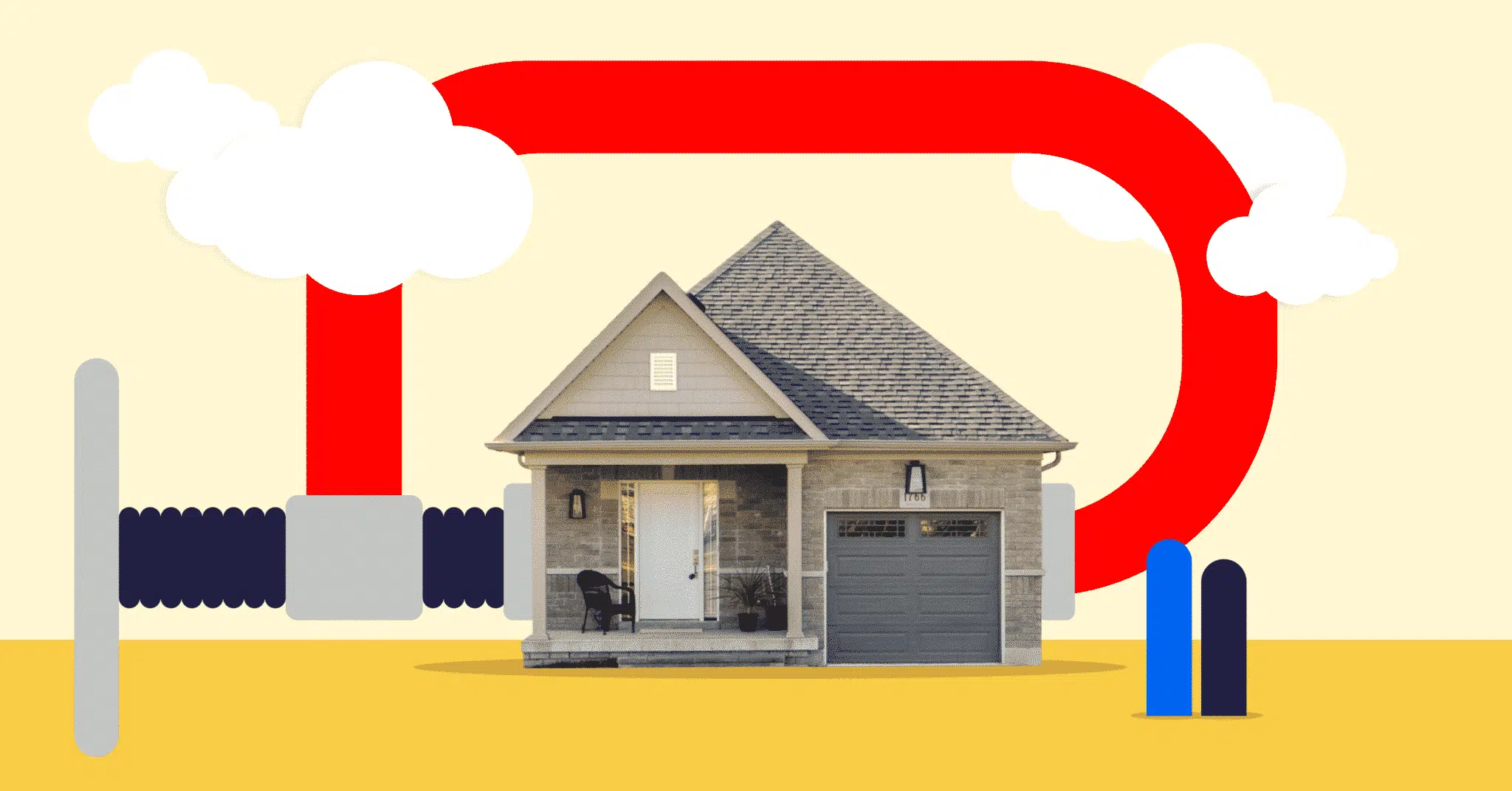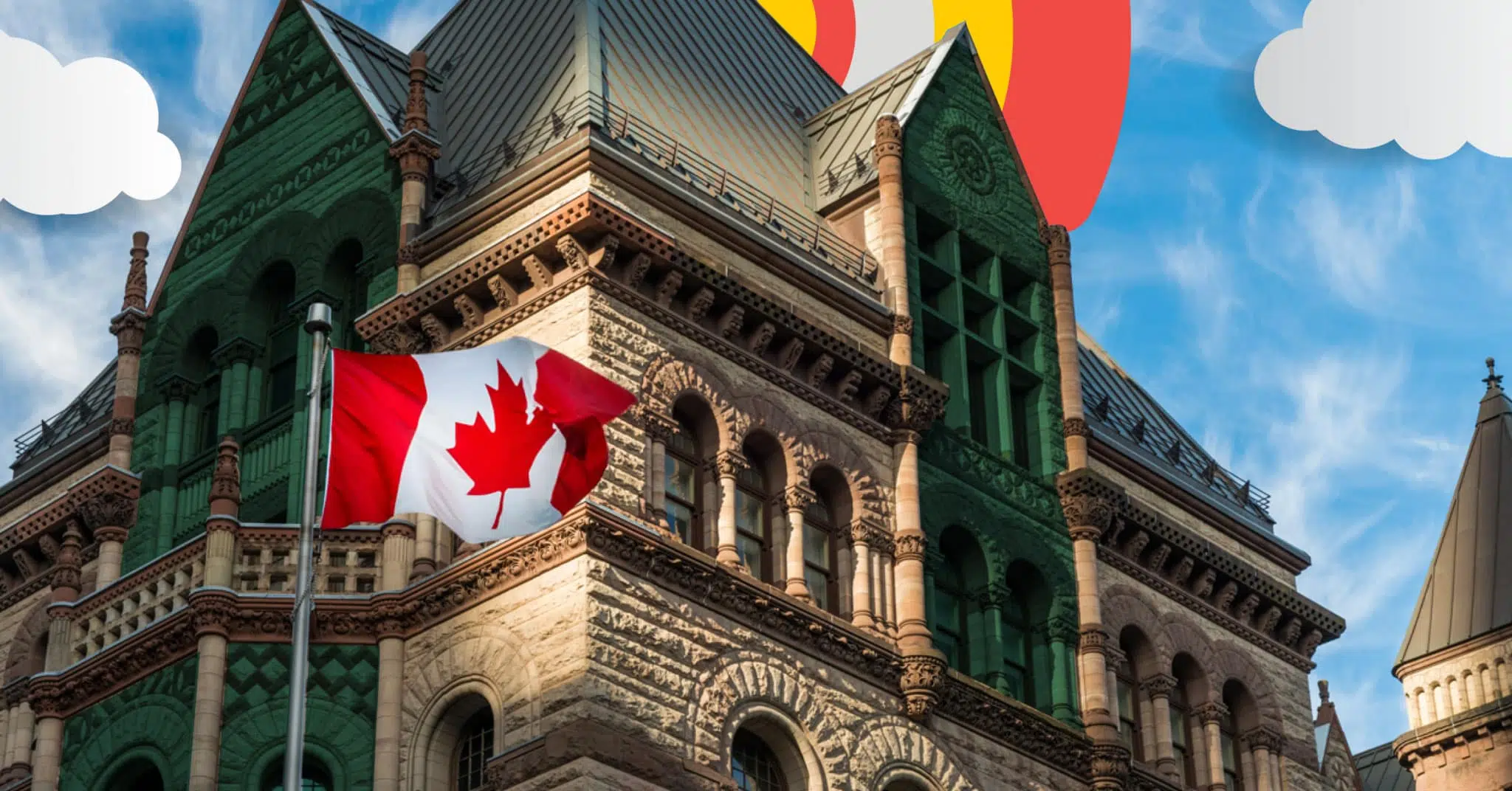Mortgage Stress Test Calculator Canada 2025

Table of contents
Navigating mortgage financing in Canada requires a clear understanding of the mortgage stress test. This tool assesses your ability to manage mortgage payments under potential interest rate increases, ensuring financial stability for borrowers and lenders. As we approach 2025, it’s crucial to comprehend how the stress test impacts your homeownership journey and how nesto’s mortgage stress test calculator can assist you.
Key Takeaways
- Stress testing ensures borrowers can handle mortgage payments if interest rates rise, promoting financial resilience.
- Minimum Qualifying Rate (MQR) is the higher of the Bank of Canada’s benchmark rate (currently 5.25%) or your contract rate plus 2%.
- Mortgage transfers between federally regulated lenders without loan amount or amortization increases are exempt from prequalification.
Understanding the Mortgage Stress Test
The stress test is a federal requirement to ensure borrowers can afford their mortgage payments even if interest rates rise. It assesses risk by having borrowers qualify at a rate higher than their contract rate, safeguarding long-term mortgage stability.
Years ago, qualifying for a mortgage in Canada was far more straightforward, with 40-year amortizations and zero down payments available before the 2008 financial crisis. At that time, many Canadians could qualify for a mortgage by simply affording their actual mortgage payments, especially with a 5-year fixed rate. Today, all regulated mortgage lenders apply stress tests to ensure borrowers can handle higher rates, making the process much stricter.
Introduced after the 2008 US subprime mortgage crisis, the stress test became part of global efforts to strengthen lending standards, guided by the Basel Guidelines. Stress testing didn’t exist until November 2016, when insured mortgages were restricted to primary residences, with 25-year amortizations, a maximum price of $1 million, and a stress test requirement.
Uninsured mortgages with over 20% down weren’t stress-tested until 2018, when new guidelines extended the stress test to all mortgages, insured or uninsured. Borrowers had to qualify at the greater of the minimum qualifying rate (MQR) or their contract rate plus 2%. For uninsured mortgages—on properties over $1 million, longer amortizations, or refinances—the loan-to-value (LTV) ratio was capped at 80%.
The mortgage stress test evaluates whether you can afford your mortgage payments if interest rates increase. Federally regulated lenders use this test to determine your eligibility for a mortgage. The qualifying rate is the greater of:
- The Bank of Canada’s benchmark minimum qualifying rate (MQR) is currently at 5.25%
- Your negotiated mortgage rate plus 2%
For example, if your lender offers a rate of 4%, the stress test assesses your affordability at 6% (4% + 2%), which is higher than 5.25%. If your lender offers a rate of 3%, the stress test assesses your affordability at the MQR of 5.25%.
| Limit Impact | Limit Applied | |
|---|---|---|
| Rate | A higher rate used for qualifying will require a higher income to service the stress-tested mortgage payment. | Qualify at the greater of the minimum qualifying rate (MQR) or contract rate plus 2%. |
| Loan-to-Value (LTV) Ratio | The lowest rates are reserved for higher LTVs. |
Homebuyers need a minimum 5% downpayment or equity in the subject property for the first $500K and a 10% portion of property value exceeding $500K. The client needs a minimum 20% downpayment or equity for property valuations exceeding $1 million. |
| Debt Service Ratios | Only a portion of the gross household income is used to service gross and total debt. | Gross Debt Service (GDS) and Total Debt Service (TDS) ratios are limited to 39% and 44% of income for insured mortgage transactions with up to 30-year amortizations, respectively. Or on insurable mortgage transactions where the amortization does not exceed 25 years. |
We’re curious…
Recent Changes to the Stress Test
In September 2024, the Office of the Superintendent of Financial Institutions (OSFI) announced that, effective November 21, 2024, the stress test would no longer apply to uninsured straight mortgage switches between federally regulated financial institutions (FRFI). If you’re transferring your mortgage to a new lender without increasing the loan amount or extending the amortization period, you won’t need to requalify under the stress test.
Canada’s New Mortgage Rules for 2025
The federal government’s updated mortgage rules, set to take effect on December 15, 2024, bring significant changes designed to improve affordability and accessibility for homebuyers across Canada, including home buyers in higher-priced markets in Toronto and Vancouver. These updates target two critical lending limits:
Higher Price Cap for Insured Mortgages
The maximum limit for government-backed mortgage insurance will rise from $1 million to $1.5 million. This change benefits buyers in high-cost markets such as Toronto and Vancouver, where home prices often exceed the previous $1 million cap. Increasing this limit allows more buyers to access insured mortgages, making purchasing homes in these competitive regions easier.
Extended Amortizations for First-Time Buyers
First-time homebuyers and those purchasing newly built homes will now qualify for a 30-year amortization, up from the current 25-year limit. This extended amortization is available for borrowers with high loan-to-value (LTV) ratios, meaning they have less than a 20% down payment. The more extended repayment period reduces monthly mortgage payments, potentially opening the door for more Canadians to enter the housing market. Making it easier to purchase a newly built home will help increase Canada’s housing supply.
Using nesto’s Mortgage Stress Test Calculator
Nesto’s mortgage stress test calculator helps determine your affordability under the 2025 guidelines. By inputting details like your income, debts, and proposed mortgage terms, the calculator assesses whether you meet the required criteria. This empowers you to make informed decisions and prepare for potential financial scenarios.
Benefits of Passing the Stress Test
- Financial Security: Confirms you can handle mortgage payments even if interest rates rise.
- Broader Lender Access: Passing the stress test increases your eligibility with more lenders, potentially securing better rates.
- Informed Decision-Making: Understanding your financial capacity helps you choose a mortgage that aligns with your long-term goals.
Mortgage payment plans aren’t meant to be one-size-fits-all.
Chat with a nesto mortgage expert & get a mortgage payment fit to you.
Frequently Asked Questions (FAQ) on Mortgage Stress Test in Canada
What is the purpose of the mortgage stress test?
The stress test ensures borrowers can afford mortgage payments if interest rates increase, promoting financial stability.
Who is exempt from the stress test?
Borrowers switching or transferring a mortgage from a federally regulated lender without increasing the loan amount or amortization period are exempt from requalification.
How can I improve my chances of passing the stress test?
Reducing existing debts, increasing your down payment, and improving your credit score can enhance your affordability assessment. You can qualify for higher debt service ratios if your mortgage is default-insured.
Final Thoughts
Understanding and preparing for the mortgage stress test is vital for prospective Canadian homeowners in 2025. Utilizing tools like nesto’s mortgage affordability calculator allows you to stress test your mortgage and can provide clarity and confidence in your homebuying journey.
Don’t stress about the stress test! For personalized guidance and to explore mortgage options tailored to your unique needs and financial circumstances, contact nesto mortgage experts today.
Ready to get started?
In just a few clicks, you can see our current rates. Then apply for your mortgage online in minutes!
in this series Stress Test
- Stress Test Calculator next read
- Mortgage Stress Test: How Does It Work in Canada? next read
- Stress Test Calculator currently reading
- What’s an Ideal Debt-To-Income (DTI) Ratio for a Mortgage? next read
- How to Calculate GDS and TDS next read
- What Credit Score Do You Need to Get a Mortgage? next read















